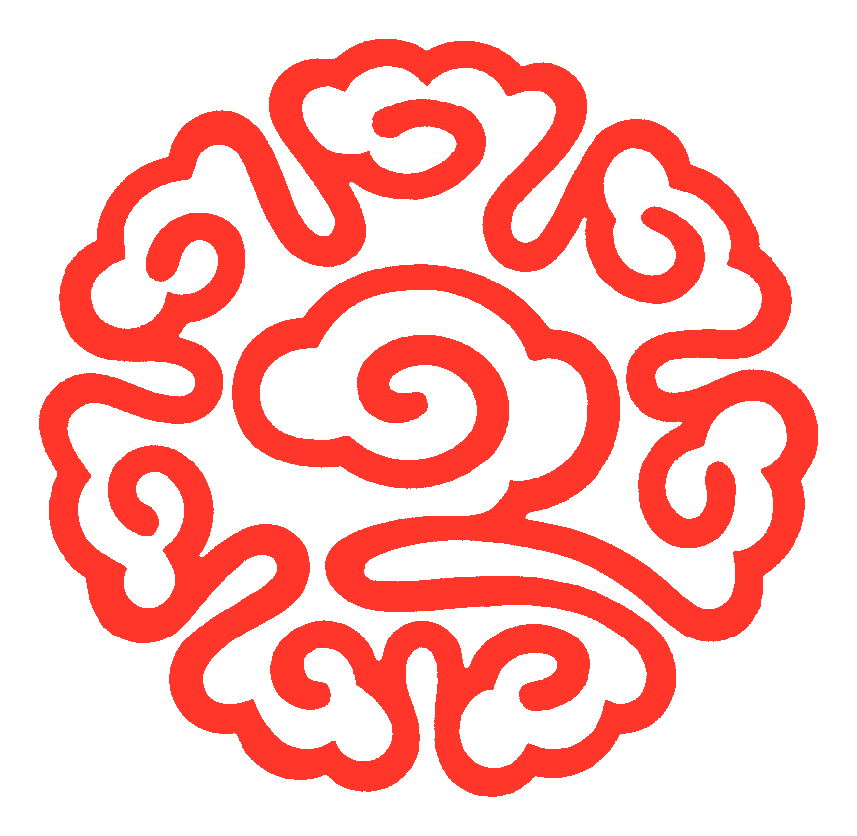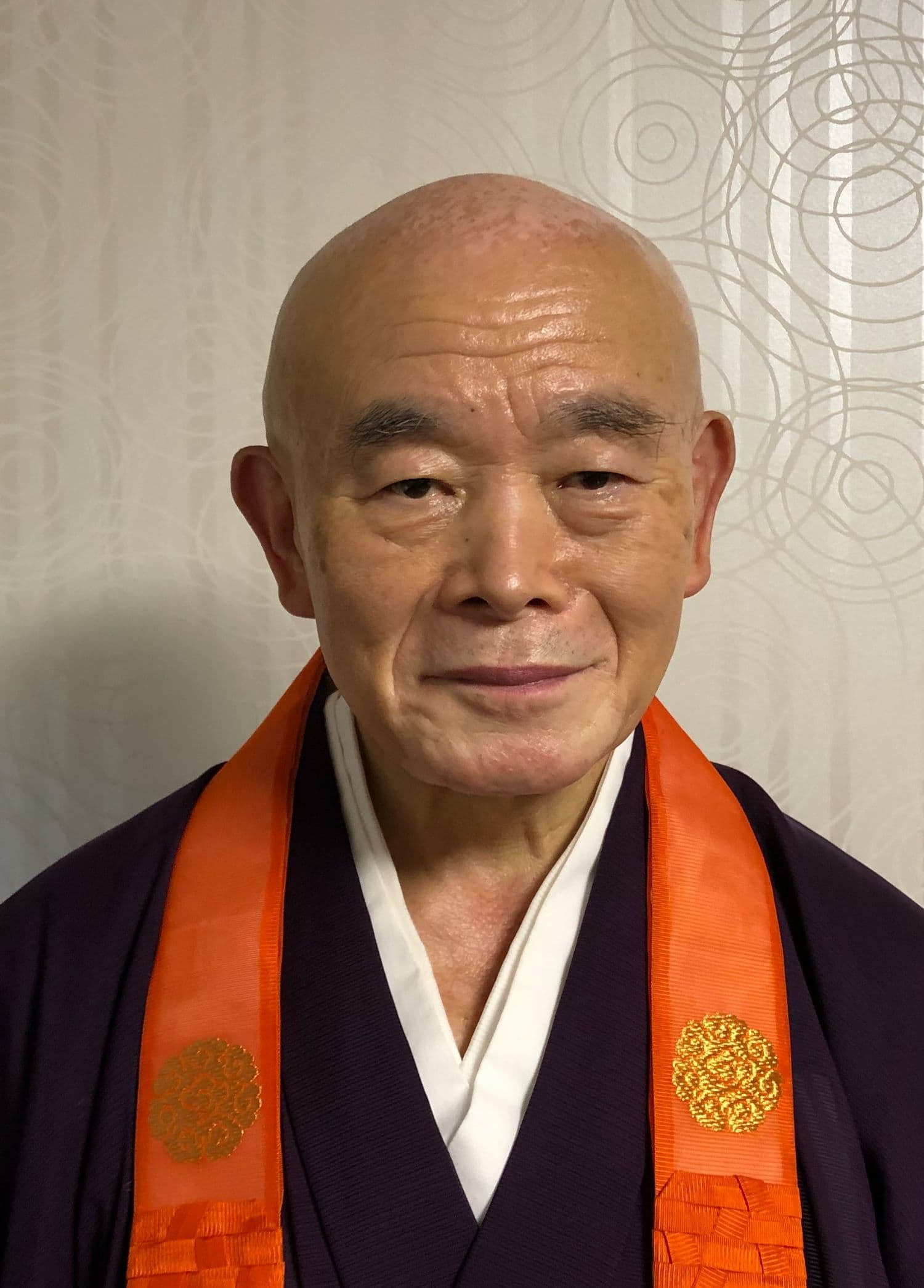Overview
Spreading the Profound Principle of Shingon Esoteric Buddhism
―Attainment of Buddhahood during Life
Toji Temple (officially, Kyoogokokuji Temple) is the central seminary of the Shingon Sect of Buddhism. Toji Shingon Buddhism is the only Buddhist sect that regards Toji Temple as its Grand Head Temple. Based on the fundamentals of Shingon Buddhism advocated by Kobo-Daishi at the establishment of the sect(*), we educate monks, guide parishioners and adherents, and conduct Buddhist rituals and other events to spread the profound principle of Shingon Esoteric Buddhism―attainment of Buddhahood during life.
The history of the Shingon Sect of Buddhism began in 823, when Kobo-Daishi (known at the time as Monk Kukai) was granted Toji Temple by Emperor Saga and made it the central seminary of Shingon Esoteric Buddhism. Afterwards, Toji Temple remained the head temple of Shingon Buddhism until the Edo Era (1603-1868).
In the Meiji Era (1868-1912) and thereafter, the Shingon Sect of Buddhism repeatedly split and merged. In February 1946, after the end of World War II, a new Buddhist sect, the Toji School of the Shingon Sect, separated from the Shingon Sect of Buddhism. Later, in 1963, a new sect, Toji Shingon Buddhism, separated from the Toji School of the Shingon Sect with the aim of returning to the original form of Shingon Buddhism centered in Toji Temple. Toji Shingon Buddhism was certified as a religious corporation on October 25, 1974.
(*) Establishment of the Shingon Sect of Buddhism
Kobo-Daishi studied in Tang Dynasty China, where he received Abhisheka in recognition of having mastered the teachings of the Vajradhatu mandala (Diamond Realm mandala) and Garbhadhatu mandala (Womb Realm mandala) from Monk Huiguo. Returning to Kyoto, he submitted to the imperial court “Shorai Mokuroku,” a catalogue of items brought back from China. Emperor Saga granted Toji Temple to Kobo-Daishi on January 19, 823. Kobo-Daishi established the Shingon Sect of Buddhism and made Toji Temple the central seminary. The teaching of Shingon Esoteric Buddhism is to be attentive to the Three Mysteries (our behavior, words, and mind) and attain Buddhahood during life. The principle of Shingon Buddhist advocated by Kobo-Daishi at the establishment of the Sect was “Spiritual Protection of the State” and “Salvation of All Sentient Beings.”
The Crest of Toji Shingon Buddhism

Successive Chief Abbots
1st Chief Abbot: Ryuki Washio (255th Head Priest of Kyoogokokuji Temple)
2nd Chief Abbot: Shuhen Sunahara (256th Head Priest of Kyoogokokuji Temple)
3rd Chief Abbot: Zenryu Hidaka (257th Head Priest of Kyoogokokuji Temple)

Temples of Toji Shingon Buddhism
| Grand Head Temple | Kyoogokokuji Temple (Toji Temple) (Minami Ward, Kyoto City, Kyoto) |
|---|---|
| Sub-Temple | Kanchiin House (Minami Ward, Kyoto City, Kyoto) Hobodaiin House (Minami Ward, Kyoto City, Kyoto) |
| Head Temple | Ishiyamadera Temple (Otsu City, Shiga) |
| Quasi-head Temple | Unshoji Temple (Shibuya City, Tokyo) Tairyuji Temple (Chuo Ward, Kobe City, Hyogo) Hokoji Temple (Ube City, Yamaguchi) Seiryuji Temple (Tsuyama City, Okayama) |
| Associate Quasi-head Temple | Dainichiji Temple (Itano County, Tokushima) Nishidaiji Temple (Nagata Ward, Kobe City, Hyogo) Kannonji Temple (Okazaki City, Aichi) |
General Affairs Department
| Location | Kujo-cho 1, Minami Ward, Kyoto City, Kyoto, JAPAN (Zip code: 601-8473) |
|---|


